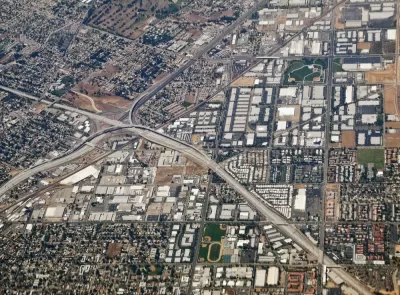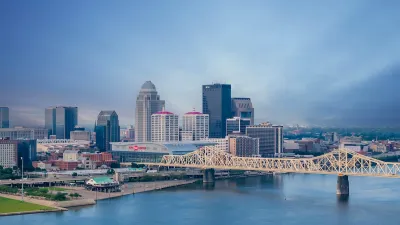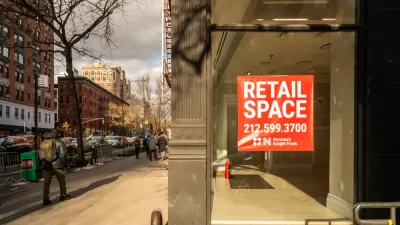The Inland Empire's housing boom and economic growth are attracting plenty of new residents—especially millennials.

By 2046, California's suburban Inland Empire is projected to have two million more residents. Perhaps most interestingly, a large portion of those people are expected to be millennials.
The Inland Empire has consistently led California's population growth for more than a decade, even during the recession and housing crisis. For Ron Loveridge, director of the Center for Sustainable Suburban Development at UC Riverside, the reasons behind this migration are fairly simple. For one, he tells The Planning Report: "Prices are too high on the coasts." And for another: The Inland Empire is actually building housing.
"Housing development is increasing, and the construction industry has become a major source of employment," Loveridge explains. "If you're looking for large amounts of new housing in the greater Los Angeles area—whether single-family or rental—you have to look east. That means you have to look at San Bernardino County and Riverside County."
Millennials nationwide are choosing to live in suburbs, which in turn are adapting to meet their preferences. Inland cities, Loveridge says, are delivering housing that's bigger and more affordable than what an urban core can offer—plus sustainability initiatives, open space, and "community dynamics". Downtown Riverside, for example, is "beginning to see more coffee shops and small arts groups…—that coveted 'millennial livability' taking shape."
There's more going on in the Inland Empire than housing: The newly rebranded Ontario Airport is on track to be the "single most important driver of the inland economy;" the region's traditional industries, manufacturing and logistics, are both facing major technological disruption. Clean energy policies have also created jobs and economic activity, and Loveridge hopes that UC Riverside—which recently opened new schools of medicine and public policy—will act as an anchor for the growing regional economy.
FULL STORY: Inland Empire's 21st Century Economic Goals: Jobs & 'Millennial Livability'

Planetizen Federal Action Tracker
A weekly monitor of how Trump’s orders and actions are impacting planners and planning in America.

Maui's Vacation Rental Debate Turns Ugly
Verbal attacks, misinformation campaigns and fistfights plague a high-stakes debate to convert thousands of vacation rentals into long-term housing.

Restaurant Patios Were a Pandemic Win — Why Were They so Hard to Keep?
Social distancing requirements and changes in travel patterns prompted cities to pilot new uses for street and sidewalk space. Then it got complicated.

In California Battle of Housing vs. Environment, Housing Just Won
A new state law significantly limits the power of CEQA, an environmental review law that served as a powerful tool for blocking new development.

Boulder Eliminates Parking Minimums Citywide
Officials estimate the cost of building a single underground parking space at up to $100,000.

Orange County, Florida Adopts Largest US “Sprawl Repair” Code
The ‘Orange Code’ seeks to rectify decades of sprawl-inducing, car-oriented development.
Urban Design for Planners 1: Software Tools
This six-course series explores essential urban design concepts using open source software and equips planners with the tools they need to participate fully in the urban design process.
Planning for Universal Design
Learn the tools for implementing Universal Design in planning regulations.
Heyer Gruel & Associates PA
JM Goldson LLC
Custer County Colorado
City of Camden Redevelopment Agency
City of Astoria
Transportation Research & Education Center (TREC) at Portland State University
Jefferson Parish Government
Camden Redevelopment Agency
City of Claremont





























